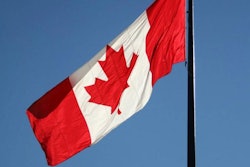
Venezuelan headlines attract attention, particularly in these times. We all wonder how it would be to live there, and how the poultry industry is developing, if anything.
I recently interviewed Francisco Tagliapietra, the president of the Venezuelan Poultry Producers Federation (FENAVI). I will write a full story for Poultry International about how the poultry industry is developing in that country, but in the meantime, I would like to make a few comments about the interview.
First, I was impressed with the positive attitude FENAVI’s president had about the industry in his country. That reflects not only that things might be going reasonable well, but also confidence in the future of broiler and layer production, because opportunities are there.
Nevertheless, the heart of the matter is that today more than 60% of the animal proteins consumed by the average Venezuelan comes from chickens and eggs. I think it is a very large proportion. On the other hand, last year, we reported that per capita consumption was only of 9.4 kilograms of chicken and 76 eggs.
These figures are the lowest, by far, in the region, but they show how important the poultry industry is in this hard-stricken country. If chicken were not produced there, what animal protein would they be eating?
It seems that this year, poultry production in Venezuela will show some growth, and considering the pandemic conditions, it is very good news. The sector that apparently has decreased is egg production. What a pity!
In any event, this news underlines also that the Venezuelan poultry industry is alive and kicking, supporting the consumer the best they can, waiting for an improvement in purchasing power. Let's hope for the best.
What do you think?


















